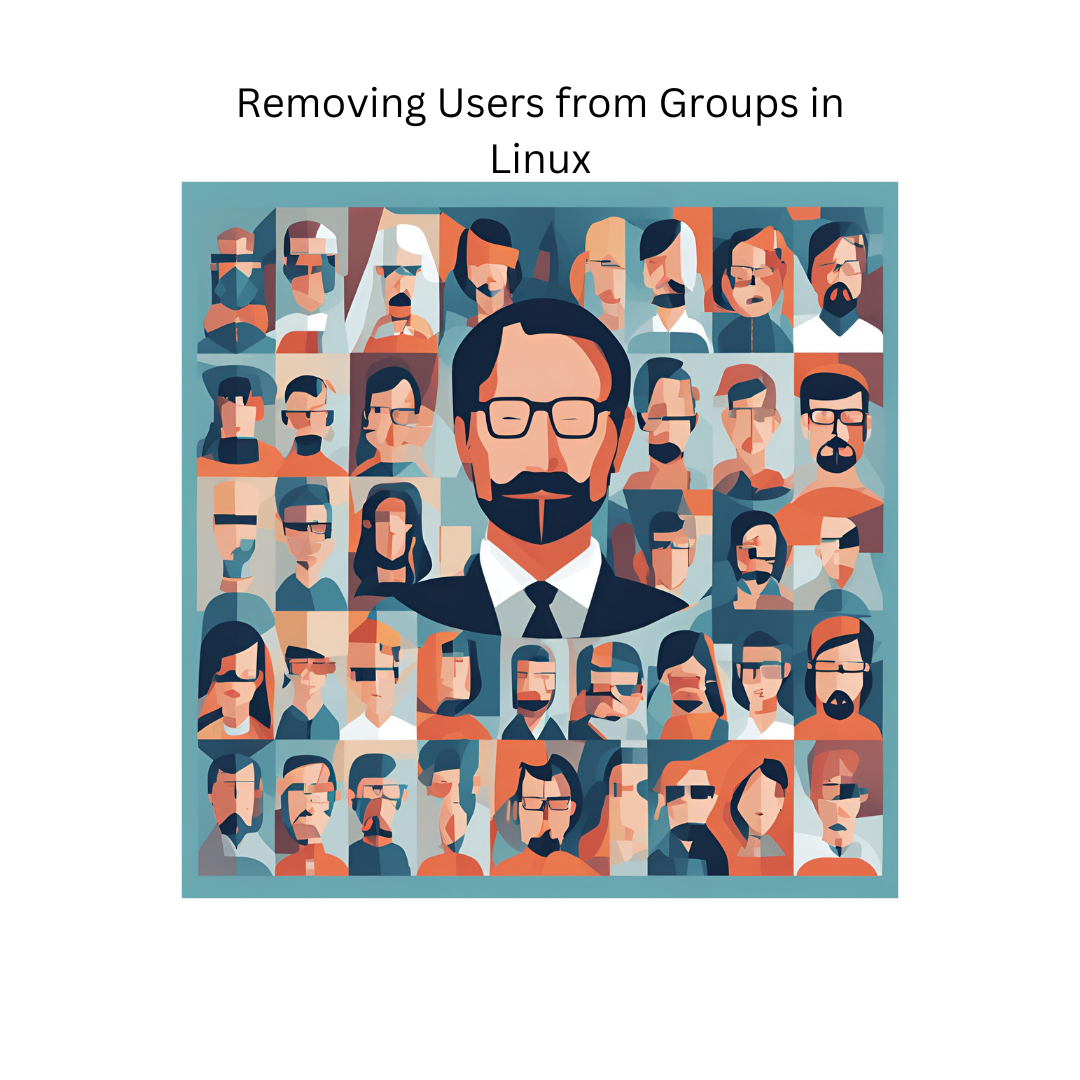
In Linux, users are organized into groups. Perfect Watches UK: Swiss Replica Rolex Watches Store.This allows you to grant permissions to groups of users instead of individual users. This makes it easier to manage user permissions and security. However, there may be times when you need to remove a user from a group. For example, 24h best Rolex Replica Watches UK Shop – Cheap Swiss Movements Fake Watches.if a user leaves your company or if their role changes.To remove a user from a group in Linux, you can use the usermod command. This command allows you to modify user information, SWISS CHEAP REPLICA Rolex WATCHES UK OUTLET – Best Sale Cheap Replica Watches.including their group membership.

